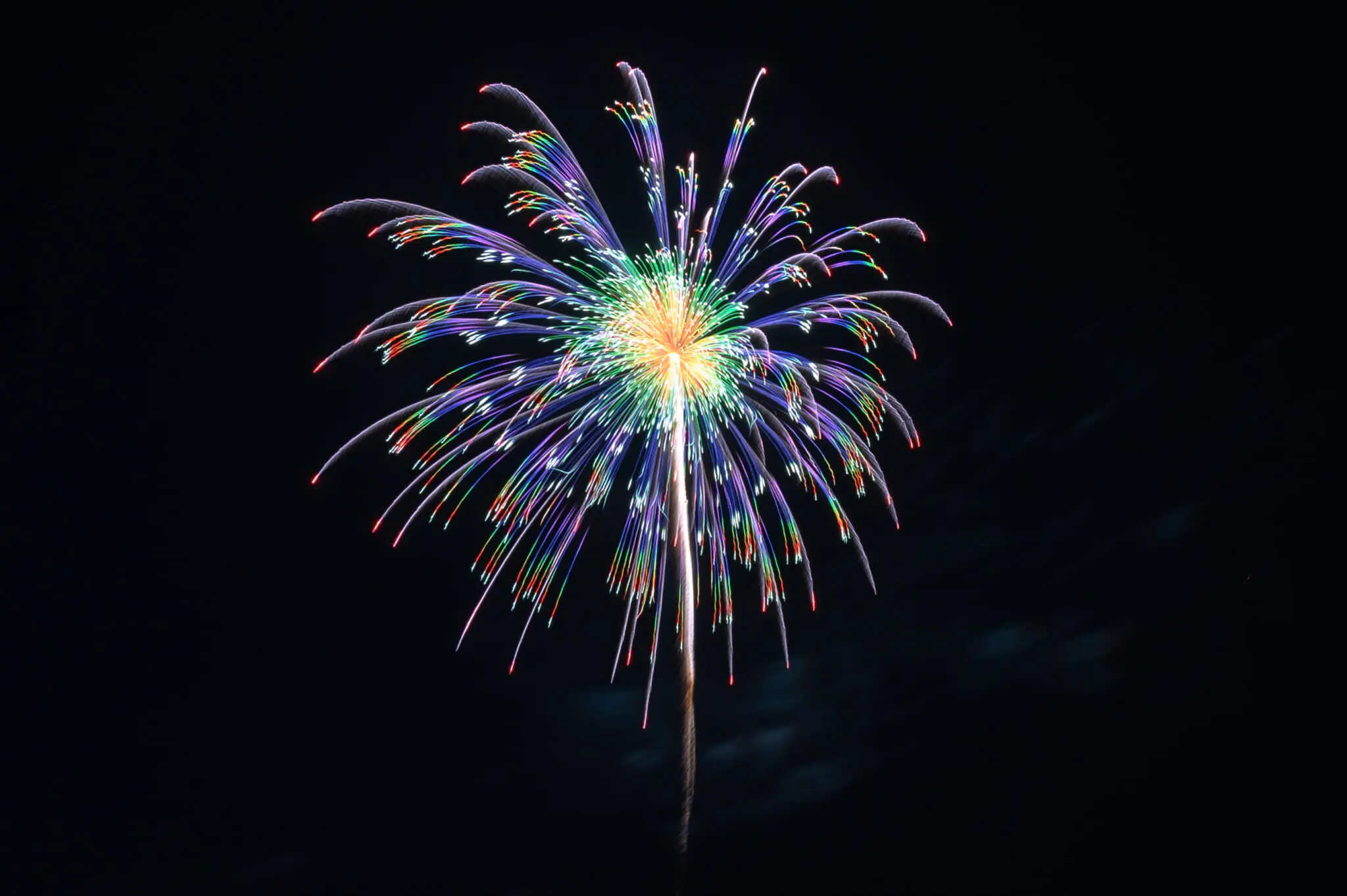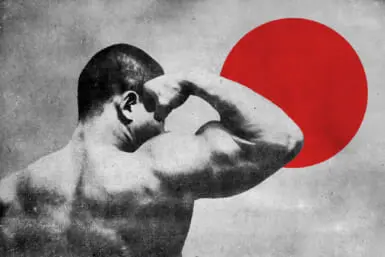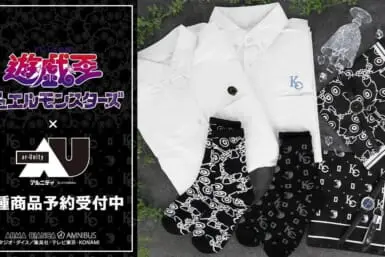It’s said that the first person to witness a firework in Japan was none other than Tokugawa Ieyasu, the first shogun of the Tokugawa Shogunate, over 400 years ago in 1613. The technology had traveled east from China and possibly Italy during the Sengoku period, and gunpowder experts developed into keen pyrotechnicians.
It wasn’t until 1733, after a cholera epidemic had eviscerated much of the capital’s almost 1-million-strong population, that fireworks were shared with commoners. Ieyasu’s descendent, Tokugawa Yoshimune, arranged a spectacular fireworks display on the Sumida River to ward off the plague and pray for those already succumbed to the disease. This event proved pivotal in the history of Japanese fireworks, forever weaving fireworks into the fabric of Japanese culture and tradition.
In the modern age, fireworks shows have become elaborate productions that can takes months of planning. In recent years, with the advent of new technology, increased competition from overseas, and a wider awareness of sustainability, the industry has changed more than ever before. We spoke to one of its top players, Toshikatsu Ogatsu, president of Nihonbashi Marutamaya, who flies the flag for Japanese fireworks around the world.
Ogatsu has been working with fireworks for over 45 years, even traveling around the world to share Japanese fireworks; he’s seen more shows than he can count. He oversaw the fireworks for the Tokyo 2020 Olympic and Paralympic Games and was the subject of a documentary on TBS.
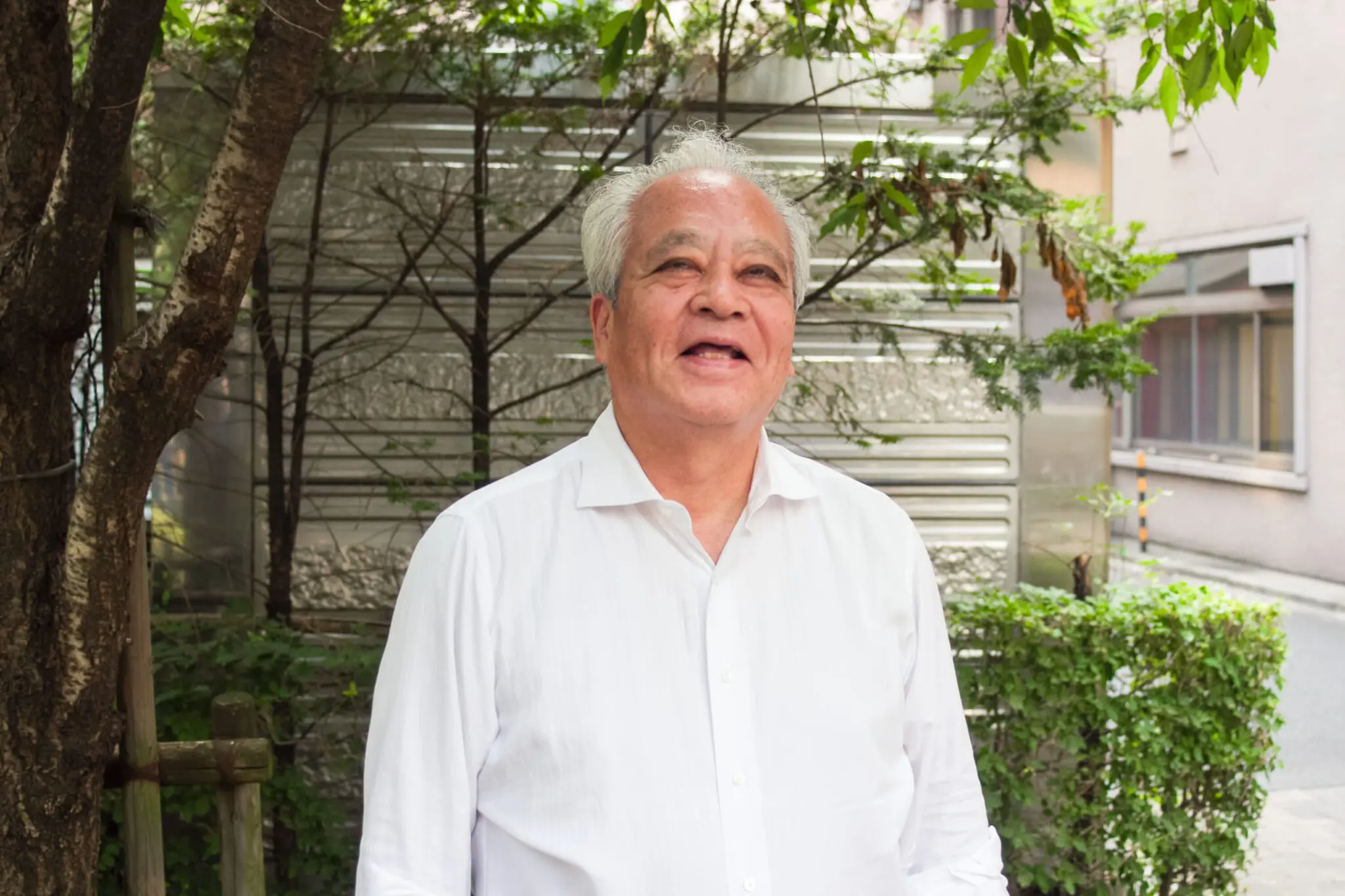
Toshikatsu Ogatsu, CEO of Nihonbashi Marutamaya Co., Ltd. Photo by Kim Kahan.
The Perfect Formation
Originally, Ogatsu didn’t want to follow his father into the fireworks business. He rebelled by studying business at university and then joining an import company upon graduation. “I worked selling Spanish products to department stores. I’ve never been to Spain, but I enjoyed it,” he says.
“But then I saw fireworks at a fair — I forget which one — and I was impressed. I decided to join the industry. It was easy for me because I’m part of a fireworks family and my father had been encouraging me,” he continues.
A jovial man, Ogatsu laughs frequently and his passion for fireworks is unmistakable. He constantly talks up his employees, who are all busy working on show designs for the upcoming fireworks season. “I’m just an old man,” he jokes, “but they’re all great at thinking of ideas.”
He introduces one of his employees, Rei Shimano, who, he says proudly, also played the piano for one of the performances they synchronized to music for a planetarium event at Yebisu International Festival for Art & Alternative Visions.
He proceeds to show me the display from that event, which, even though it is shown on a flat screen, is still impressive. It could be a simulation; each firework seems too perfect. “Everything you see there is real,” he confirms.
Ogatsu shares something I’d never considered — the idea that each firework can be perfectly formed. This is a major hallmark of a typical Japanese fireworks display. At competitions in Japan, fireworks are scored based on a series of criteria, including the highest point at which the firework explodes, the size of the explosion, and its symmetry. Other countries, such as Canada and Italy, will judge based on factors such as height and shape.
The global fireworks scene is full of variety. Italy is famous for its rocket fireworks, while Germany uses different chemicals, making them sparkle for an especially long time. Japan, on the other hand, is famed for its spherical fireworks, each type with its own corresponding name. The names often have floral connotations, with chrysanthemum and dahlia being two of the most well known.
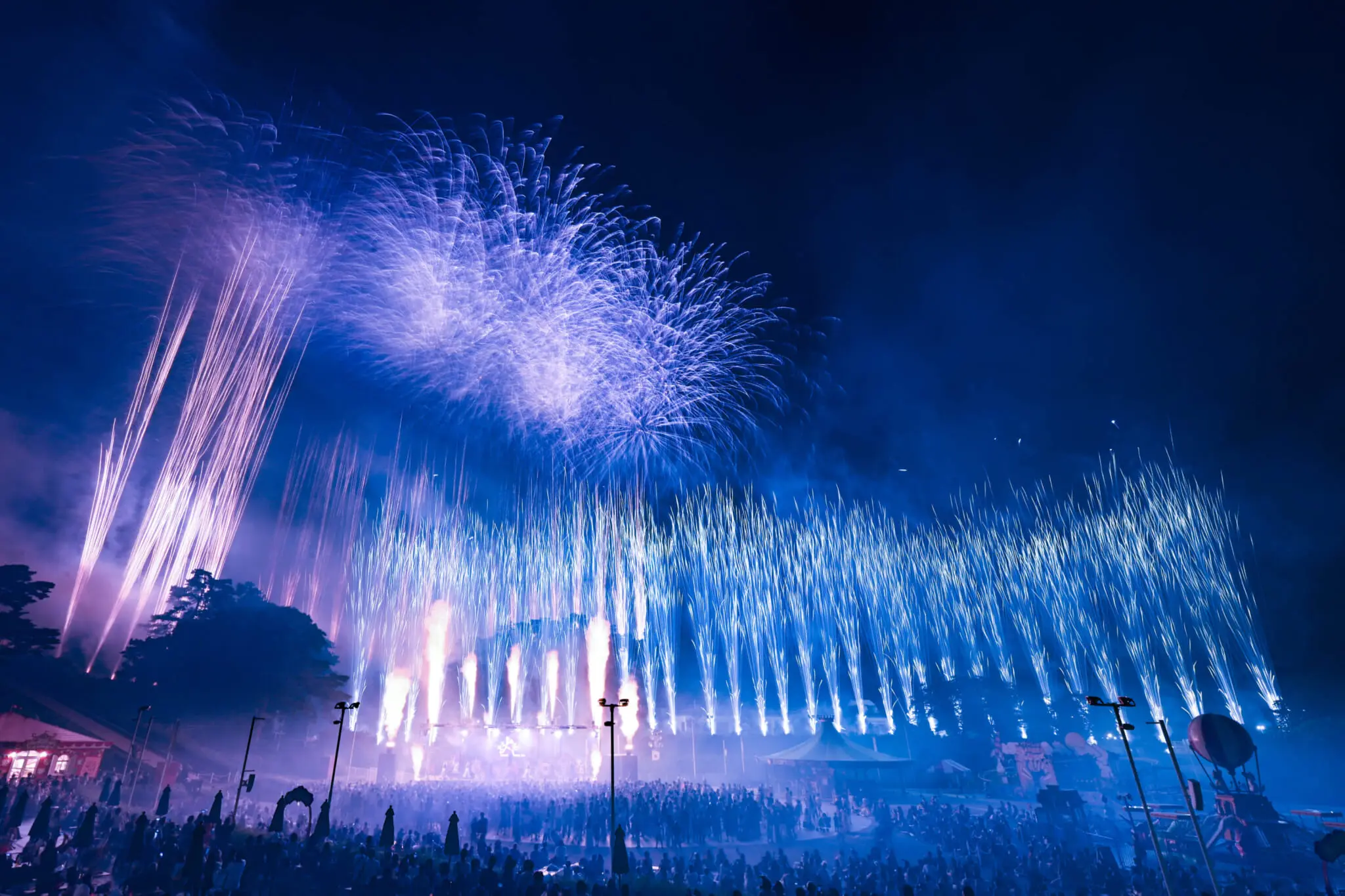
Seibuen Amusement Park, 2022. Photo by Keiko Sakuta.
Destined for a Sparkling Ever After
Back when it was established in 1990, Nihonbashi Marutamaya pioneered the use of computer systems to synchronize fireworks to music. “We still use pretty much the same system. It’s just owned by a different country now,” Ogatsu says.
These days, Marutamaya is moving towards using drones more. In fact, it was one of the first domestic companies to use them together with fireworks. The company recently arranged a display over FC Tokyo’s soccer field, with drones spelling out the club name while fireworks painted the sky around them.
Ogatsu is keen to use drones, as they are similar to fireworks. “Painting the sky with lights — I know how to do that,” he says. “You could use them for announcements, like showing people where the exits are.”
He does admit, though, that drones will take some time to master. “With fireworks, you can reach a height of 300 meters with one. But drones, they’re tiny,” he says. The company currently has 400 drones with another 400 on the way, confirming that they are part of the move forward.
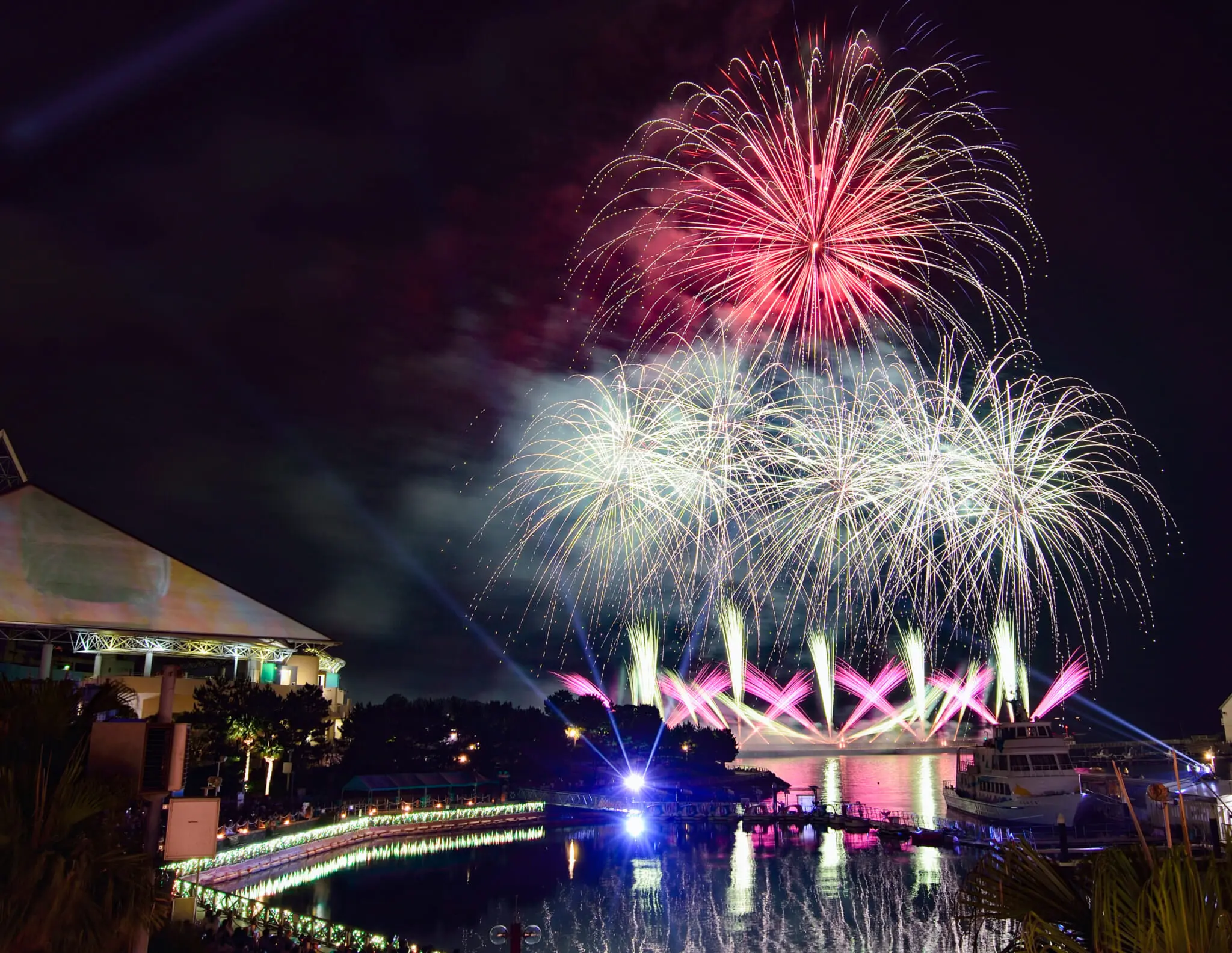
Fireworks Symphonia at Yokohama Hakkeijima Sea Paradise, 2018. Photo by Keiko Sakuta.
Striking a Balance for Sustainability
New technology brings up new considerations, such as sustainability. Fireworks leave a not-insignificant carbon footprint, making low- and no-emission fireworks a critical next step. Ogatsu orchestrated the fireworks for all four ceremonies of the Tokyo 2020 Olympic and Paralympic Games, which were required to have no-debris fireworks. He shows me a video of the display filmed from above the stadium. Although it was scaled back from the original plan because of COVID-19 restrictions, it’s impressive. “The next stage is smokeless fireworks — from autumn,” he says. “It’s hard because we have to make them safe. But we will do it.”
Ogatsu’s positivity shines through, although he admits that it hasn’t always been the case. “During COVID-19, our business dried up,” he explains. “People don’t need fireworks anymore, I thought.”
The idea of a world without fireworks or an audience to appreciate them seems bleak, especially in a country which holds fireworks so dear. But thankfully, Ogatsu was proved wrong. 2023 has been Marutamaya’s best year ever as firework displays return with full programs, packed with spectators traveling from far and wide to enjoy the show. Just like the first Sumida River fireworks display hundreds of years ago, this nighttime artwork in the sky continues to delight and entertain, and will for many years to come.

